Costa Rican officials announced in July that they are planning to close two zoos in the spring of 2014 in the interests of the animals welfare. The Simon Bolivar Zoo in San Jose and the Santa Ana Conservation Center are slated for closure. The zoos are to be converted in to urban parks where wildlife can roam freely. Some of these zoo animals are to be relocated to animal-rescue organizations and others are to be released to the wild. Unfortunately many of the rescue centres are already overcrowded after an influx of animals last December when a new law was passed making it illegal to keep wildlife as pets.
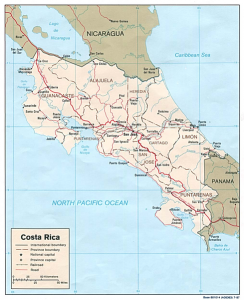
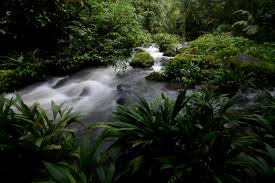
I have put off writing this blog as I kept searching the internet hoping to find more details about the closure of these zoos and the fate of the animals. Unfortunately there does not seem to be many details about the relocation of the animals. I have not found a complete list of the animals housed at these zoos but there are reports that there are over 400 animals including a few large cats.The veterinarian from one of the zoos has expressed concerns about the suitability of most of the animals for release as many of the animals have health problems and lack natural instincts due to being raised in captivity.
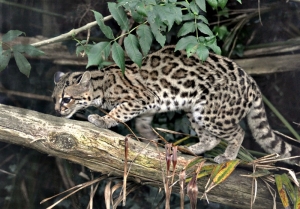
There are many concerns should officials decide to release some of these animals. Reintroductions to the wild are frequently unsuccessful without taking the time to conduct proper planning, research and conditioning. A soft release where the animals are gradually returned to the wild while being monitored and fed would be preferred over a hard release where the animals are simply turned loose to fend for themselves. The success rate is much higher with captive animals in a reintroduction program that are raised from birth, receive little or no human contact and are exposed to simulated situations like those they will encounter in the wild. There is also the impact on the wild species and ecosystem already in place to consider.
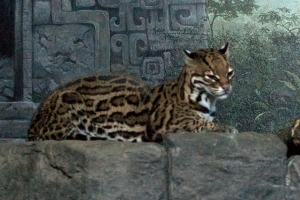
What is the current status of the wild populations of small wild cat species in the release areas and how will they be affected? Are the captive carnivores capable of hunting live prey? Will the released specimens become nuisance animals, preying on farmer’s livestock or getting in to garbage? Will these animals be monitored and if so, for how long? These are just a few of the questions that come to mind. While there are many who applaud this announcement, I have many concerns and will continue to monitor this story for updates.
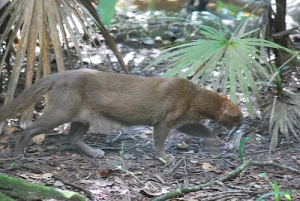
Angela
This is kind of a good news/bad news situation. I hope that they are able to responsibly release or rehome these animals.
Claudia Cinta
Hello! I´m a veterinarian and I´m suscribe to a veterinaria group of latinamerican vets. When these news was printed a profesional vet from Costa Rica, told us this was a mistake of the goverment that told that animals would be reléase to the wild. this is absolutly not true. The animals would be relocated to different zoos and reserves. So don´t worry, this was just a goverment person speaking of something he doesn´t know.
Have a nice day.